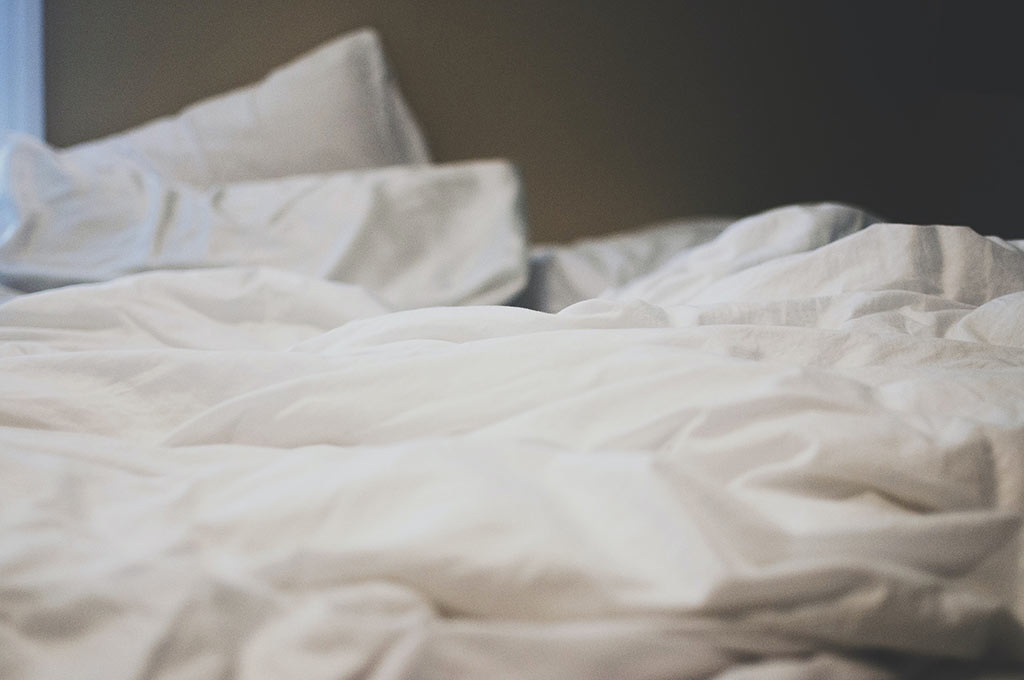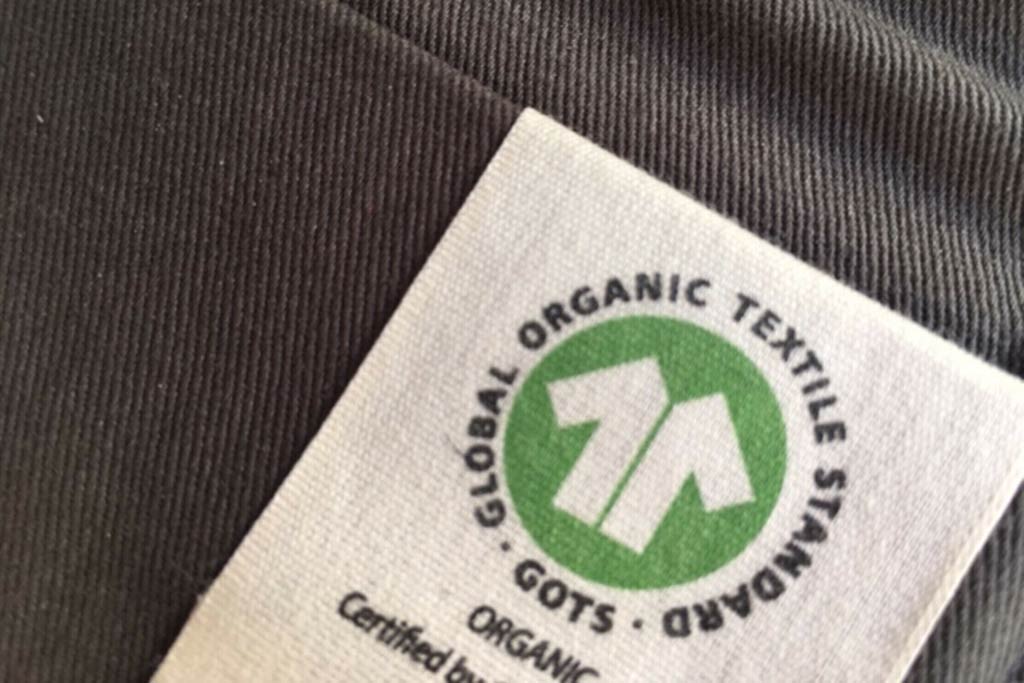Have you ever gone to your local store for some new bed linen and been bamboozled by all the different thread counts? But what are thread counts and why is that as the thread count rises, the price rises with it? This post will explore the thread count myth and delve into the truth about thread count.

What is a Thread Count?
The thread count is a measurement of the total number of horizontal and vertical threads within one square inch of a woven fabric. The assumption by many is that the higher the thread count is, the higher the quality of the bedding is. But, the thread count is only one aspect of many that will be a determining factor in how the final piece of fabric will feel against the skin.
There are normally only so many threads that you could fit into a square inch of fabric with the number depending on the thickness of the yarns. The normal count is usually between 300-400, but manufacturers have begun wrapping cotton strands around each other to create a plait-type thread.
Why Does Thread Count Matter?
Everyone is made to believe that thread count matters and the higher the count, the better quality. A higher number is automatically linked to luxury and prestige, even a brag to friends by saying that you sleep in 1200 thread count sheets. While it’s important to know and understand the threat count of the sheets, it isn’t the only consideration.
So yes, thread count matters in the sense that it will give you information about one aspect of your sheet. The number of threads being used is an indication of the construction method, how breathable it is and how heavy the sheet will. It will also provide some idea of the degree of roughness with a thread count of 50 feeling rough.

Thread Count Claims
Buying sheets with different thread counts is a way for manufacturers to boost the perceived value of the bedding. With thread counts increasing, so does the price. The plait-type multi-ply yarn thread counts start at 600 and go higher to produce a more luxurious bedding sheet.
But, in reality the single ply bedding construction, with the real thread count in sheets being no higher than 400, is actually softer, more breathable and lasts longer.

Is Thread Count Important When Buying Sheets?
Although thread count will play a role, there are 5 other factors to consider when buying sheets. The most important being the quality of the material or thread that is used to make your sheets.
How soft and comfortable your sheet is will rely on the type of yarn it’s made with, instead of the thread count. A bed sheet that is made of cotton will be lighter and more breathable than one that is made from polyester, even if both have the same thread count.
The second factor is that single ply is the way to go; they are featherlike in weight and more breathable because of the less densely packed multi ply sheets.
Believe it or not, where the yarn is made is a major determiner in how your bedding will feel and is also the third consideration. The best yarn comes from Italy and Portugal from mills that have been run for generations that have exacting standards.
The manufacturing process is your forth factor as there are normally lots of chemicals used in the process, such as bleach and dyes, that are harmful to both you and the planet.

These organic cotton 300 thread count sheets are the perfect blend of thread count with a single ply breathability and lightness, while also being 100% chemical free.
Lastly, the type of weave used will also have a say in how your sheets will both look and feel. A Percale weave will have a crisp and cool fabric while a Sateen weave will produce a silky luxurious fabric.
Does Thread Count Matter Actually?
When all things are considered, thread count does matter. The thread count, weave type and whether it is a single or multi yarn thread are critical influences. But, don’t be fooled into thinking that 250 thread count cotton sheets are horrible when compared to 1200 thread count sheets.
They are both for different people and different climates. However, just because a sheet has a higher thread count does not make it softer. All the factors above contribute to that more than the actual thread count itself. For a prime example of why different threads have different uses, this comparison of jersey and cotton sheets will explain everything you need to know.
So, which thread count will you be looking for the next time you go shopping?




Leave a comment
This site is protected by hCaptcha and the hCaptcha Privacy Policy and Terms of Service apply.